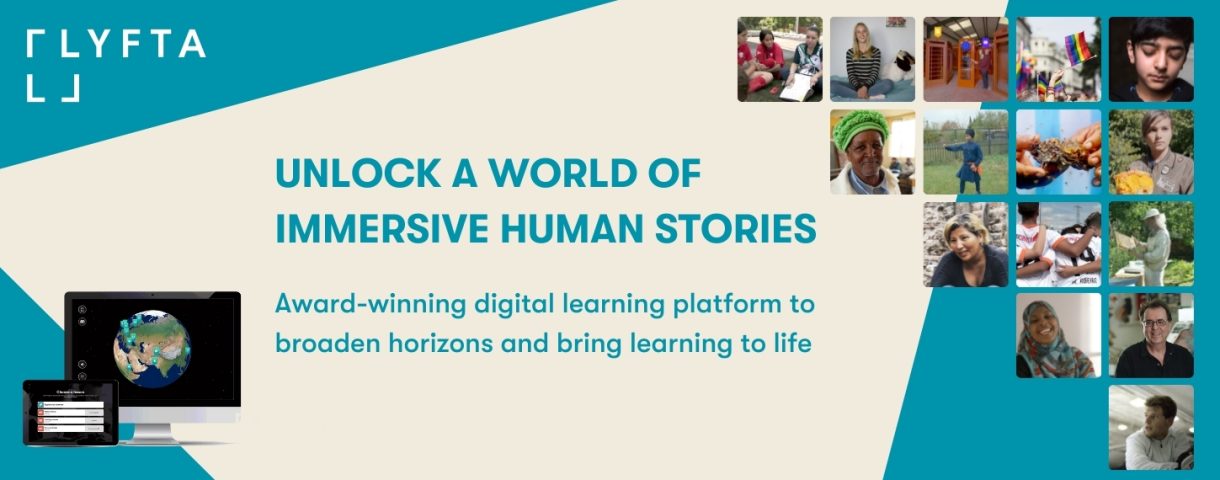Bringing the power of digital storytelling into the classroom – by Serdar Ferit, Co-CEO at Lyfta
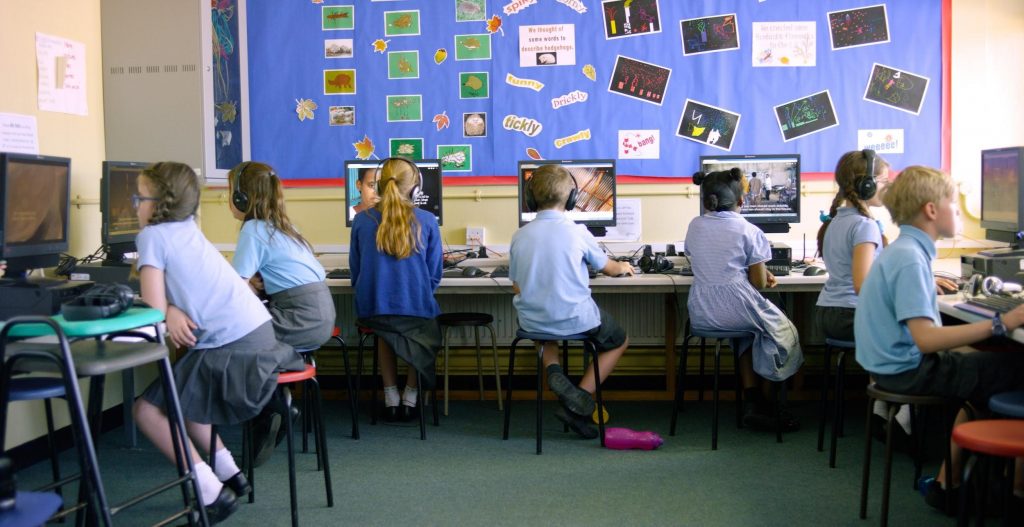
Throughout human history, storytelling has been used as a powerful tool for teaching and learning. Great storytelling can spark empathy, making distant others feel closer. Research tells us that real human stories that are multi-sensory, emotionally strong and based on real-life situations are remembered for longer and in more detail[1]. Technology can make these authentic human stories accessible, and bring them to life in a way that immerses students in entirely different places, cultures and lived experiences.

Digital storytelling can also be a fantastic way to explore positive values in school, and spark discussion around sometimes challenging themes. Jen Chapman, a teacher from a school in Essex was concerned that her students had limited opportunities to get to know people from diverse backgrounds, or to explore the world beyond their local area. She worked with immersive storytelling platform Lyfta to assess their attitudes toward people from different backgrounds, and to see if their attitudes might change after working with a series of digital human stories.
Children were presented with six faces – photos of individuals of different age, gender and ethnicity – and asked if they felt they could find common ground with each of the people (their answers were weighted from “strongly agree” to “strongly disagree”).
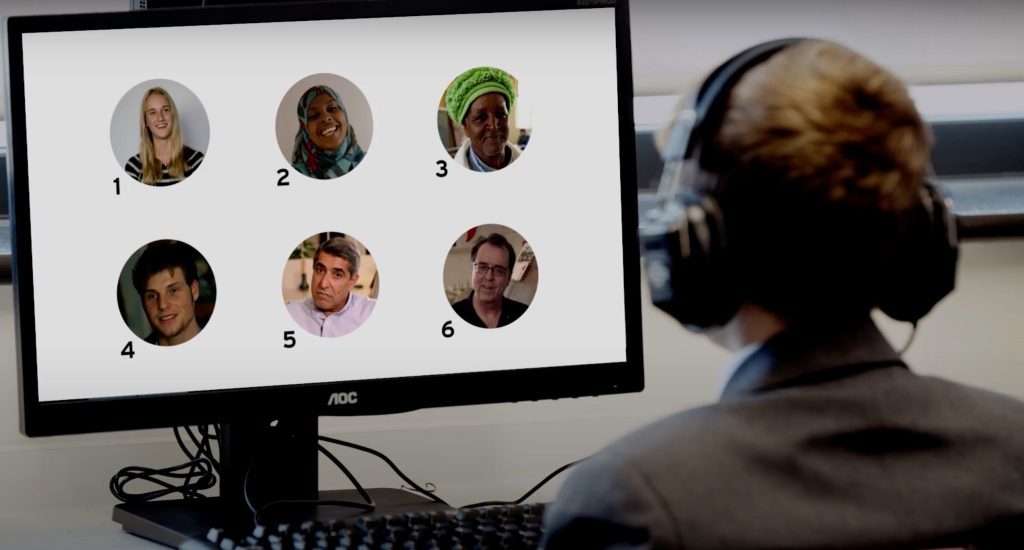
Initially, the children felt that they were likely to have more common ground with the people who looked similar to themselves. So images 1, 4 and 6 scored significantly higher than images 2, 3 and 5.
The children then had the opportunity to meet each person via an immersive digital storyworld on the Lyfta platform. They explored the places the people lived and worked in interactive 360° spaces, explored their contexts through clickable rich media content and got to know them through a short documentary film. When they were asked the same question at the end of the day, the change was remarkable. The children felt they shared more in common with all of the people they had met, but the biggest positive changes towards people 2, 3 and 5. Most amazing was the shift in affinity with one particular person. Person number 5, Muhammed, a taxi driver in his 50s,, became the person they felt the greatest connection with.
A recent study by the University of Tampere[2] in Finland reinforces this classroom experience. Researchers found that immersive digital stories based on real-life human experiences helped people to develop empathy and understanding towards those who they saw as culturally different. The multi-sensory nature of digital storytelling was shown to make learners form significantly more empathetic and emotional connections with the people and situations featured.
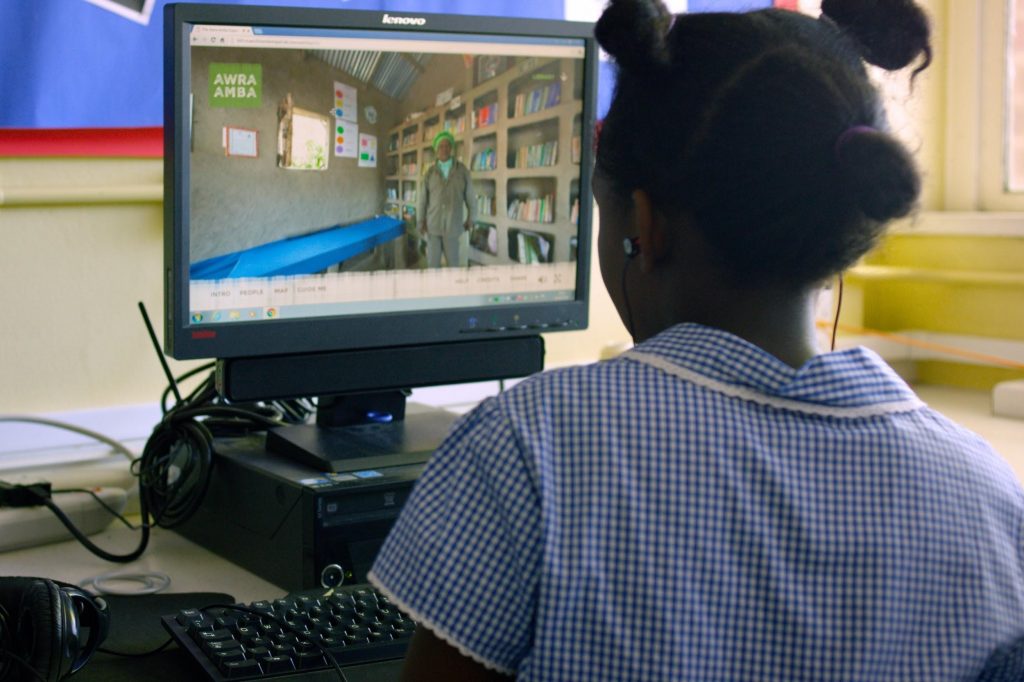
Using digital storytelling in the classroom: A case study from Kirkwall Grammar School
So, how can we bring the impact of digital storytelling into a practical classroom setting? One example of success comes from Kirkwall Grammar School, a secondary school on the Orkney Islands in Scotland.
Theo Ogbhemhe, a Religious, Moral and Philosophical Studies teacher, used Lyfta with his students to help them understand global issues and broaden their outlook. The platform invites teachers and students to explore the lives and experiences of people from around the world through interactive 360° spaces and soundscapes, unlocking rich media content and watching short films as they move around each space. Theo explained his motivation for bringing digital storytelling into his classroom:
“I wanted to also steer my students towards starting to see things from the viewpoint of social justice. If they see themselves as global citizens, then global issues will surely become their personal issues.”
He explained that he had used the immersive learning environments during class to add to the global learning journey the students were already on by ‘experiencing different parts of the world they had not visited before… and exploring other cultures‘.
Theo noticed significant attitudinal changes amongst his students:
“They became more responsible. The number of club members (Fairtrade, Send my Friend to School and the equalities clubs) surged, as my students are starting to see global issues as personal.”
“My students decided to deal with poverty locally (by raising awareness and collecting donations for the local Food Bank). I thought this was a great example of the impact of the experience on students who had taken control and leadership.”
As educators we have a responsibility to support children by helping them to empathise with others and build a sense of global connection. The immersive nature of digital storytelling means that it can be a simple but powerful way to create emotional impact. Digital storytelling using real human stories can not only help children to empathise with those who have different lived experiences, but can act as a motivator, empowering students to broaden their horizons and actively embrace their role as global citizens.
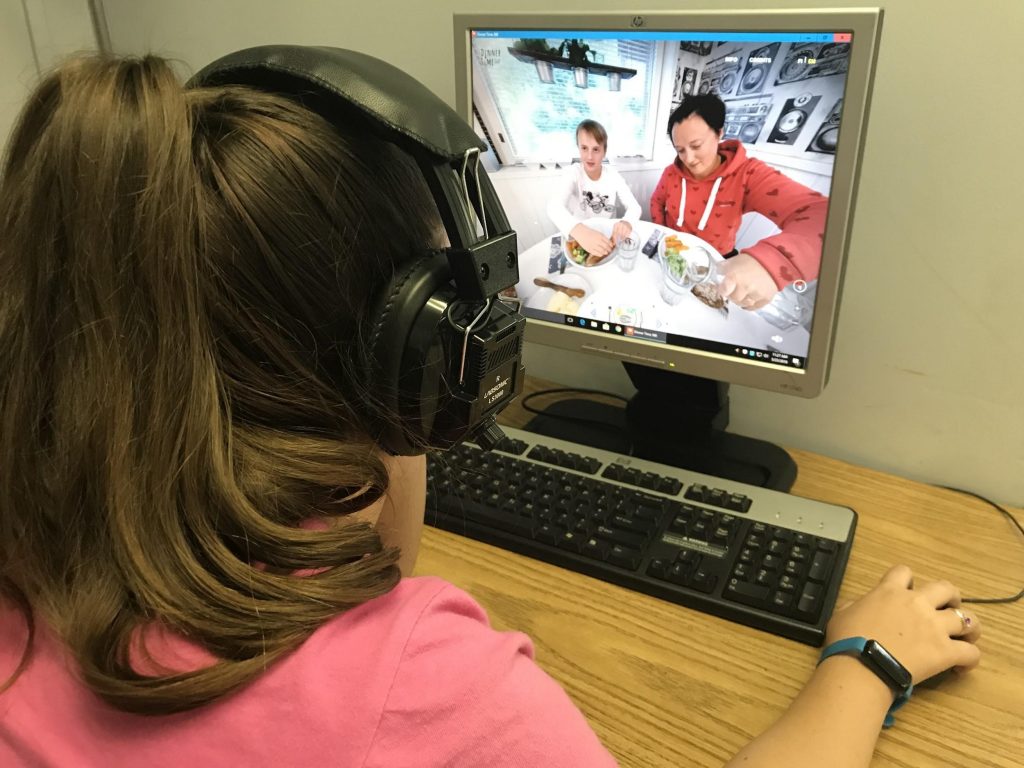
Anyone in a school setting can enjoy free trial access to Lyfta’s platform and resources, including 50+ immersive storyworlds and 160+ lesson and assembly plans.
Find out more and sign up here
[1] Ginnis, P. (2007) The Teacher’s Toolkit: Raise Classroom Achievement with Strategies for Every Learner, Carmarthen: Crown House Publishing

